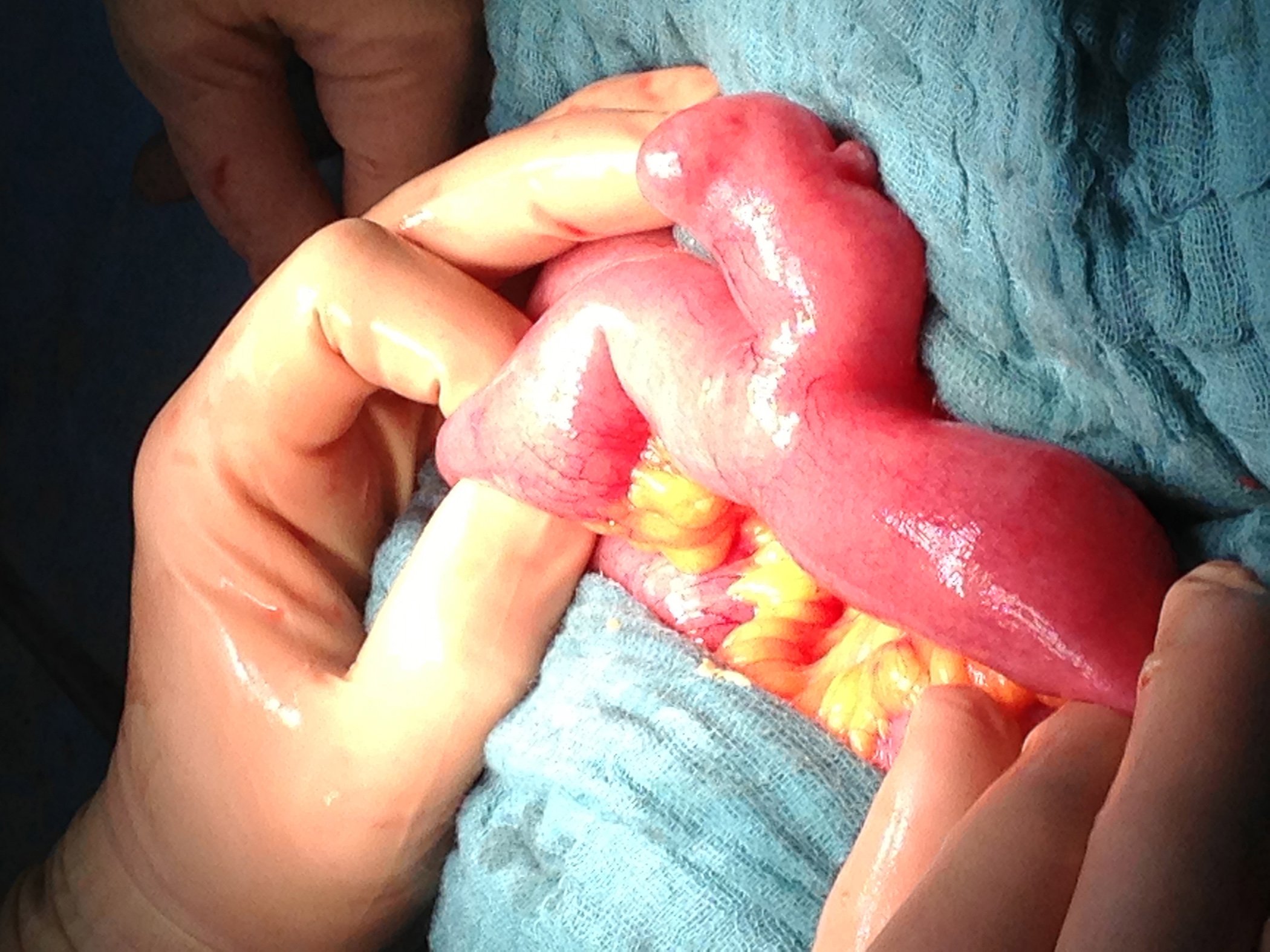Catheter-based aortic valve replacement is an innovative treatment option for elderly and critically ill patients with aortic valve stenosis requiring surgery. Approximately 30-40% of these patients were previously not even operated on mainly due to high risk and limited recovery ability after traditional surgery [1]. In order to be able to help these patients, the procedure has become established very quickly in recent years.
The most common cause of the condition is calcification of the pocket valves, which can lead to the loss of function of individual pockets. The so-called TAVI (transcatheter aortic valve implantation) was first performed in 2002 [2]. In this procedure, the valve prosthesis (e.g. balloon-expandable heart valve) is inserted either transfemorally via a catheter starting from an artery in the groin or transapically directly via the apex of the left ventricle (by means of a minimally invasive, approximately 5 cm small incision in the area of the left chest wall). The old flap is not replaced, but covered by the initially folded replacement flap. Which of the two procedures is used sometimes depends on previous surgery, vascular disease in the leg and pelvis, and vessel diameter. The transfemoral approach is usually completely transcutaneous and allows local anesthesia. Another method that may be considered is the direct transaortic approach via the ascending aorta.
In all these forms, the heart-lung machine, the arrest of the heart for the insertion of the prosthesis and the cutting of the sternum can be dispensed with, which is a decisive advantage over the classic cardiac surgery variant. Surgical trauma is avoided, thus increasing the recovery ability of elderly and comorbid patients. In any case, the procedure should be performed in a modern hybrid operating room (cardiac catheterization laboratory and operating room) and in an interdisciplinary manner.
Possible disadvantage of catheter-based surgery is limited access to the valve if complications arise. Serious problems can only be corrected by means of an emergency opening of the sternum, which is why the conditions for operating a heart-lung machine should always be present in the operating room. Moreover, since there are still open questions regarding long-term results and durability of the biological prostheses, the procedure is currently indicated only for patients with a very high risk of conventional surgery (i.e., elderly patients and those with a pronounced disturbance of left ventricular function and those with severe concomitant diseases). For the rest of those affected, the classic approach is still the standard. The decision as to which procedure to use is individual in each case and should be made only after consultation between the cardiologist and the cardiac surgeon.
Achievable results
The short- and medium-term results are promising. The quality of life of the patients concerned can be improved: A 3-year follow-up demonstrated the significant and sustained improvement in symptoms after TAVI [3]. The prospective, randomized PARTNER trial demonstrated the “non-inferiority” of TAVI compared with the classic option after one year. Vascular complications were significantly more common 30 days after surgery with TAVI, whereas the conventional form resulted in significantly more major bleeding [4].
Long-term study results are not yet available. However, the prostheses seem to hold well for up to five years without increased degeneration compared to the classical variant [5].
Literature:
- Iung B, et al: Decisionmaking in elderly patients with severe aortic stenosis: why are so many denied surgery? Eur Heart J 2005; 26: 2714-2720.
- Cribier A, et al: Percutaneous transcatheter implantation of an aortivalve prosthesis for calcific aortic stenosis: first human case description. Circulation 2002; 106: 3006-3008.
- Gurvitch R, et al: Transcatheter aortic valve implantation: durability of clinical and hemodynamic outcomes beyond 3 years in a large patient cohort. Circulation 2010; 122: 1319-1327.
- Smith CR, et al: Transcatheter versus surgical aortic-valve replacement in high-risk patients. N Engl J Med 2011; 364: 2187-2198.
- Ibrahim K, Quick S, Strasser RH: Catheter-based aortic valve replacement. Cardiology up2date 8 2012: 266-272.
HAUSARZT PRAXIS 2014; 9(1): 10











